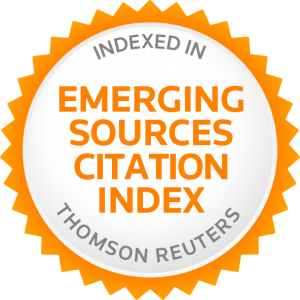LEARNING TO READ AND SPELL: THE RELATIVE ROLE OF PHONEMIC AWARENESS AND ONSET-TIME AWARENESS
I-Chih Chan, Chieh-Fang Hu, I-Ping Wan
It has been assumed that Chinese-speaking children do not have phonemic awareness. This study investigated phonemic awareness of Chinese-speaking children in tandem with onset-rime awareness and their relative roles in learning to read and spell English. The participants were 29 fourth graders with better onset-rime and phonemic awareness, 29 with better onset-rime but poorer phonemic awareness, and 26 with poorer onset-rime and phonemic awareness. The children first took a criterion learning of letter-sound correspondences task and were then tested on their abilities to spell and read English pseudowords. The results showed that most children were able to detect segmental components in a falling diphthong or a VN rime, indicating phonemes were constituents in their phonological awareness. Children with better onset-rime and phonemic awareness performed better in English pseudoword spelling than children with better onset-rime but poorer phonemic awareness, who in turn, performed better than children with poorer onset-rime and phonemic awareness. Similar patterns were observed for pseudoword reading, only that the effect of onset-rime awareness was less conclusive. These findings underscore the role of phonemic awareness in the acquisition of EFL reading and spelling for Chinese-speaking children. known that Chinese regulated verse should meet certain tonal requirements. We offer a corpus study and examine to what extent the requirements are satisfied. The corpus consists of all regulated poems with seven-syllable lines in the anthology of Three Hundred Tang Poems. The result shows that only about 32% of the lines and 1% of the poems meet the strict version of the tonal requirements, according to which every syllable must use a designated tone. On the other hand, 95% of the lines and 68% of the poems satisfy the relaxed version of the tonal requirements, according to which the tonal choices for the first, third, and fifth syllables of a line are more flexible. We also discuss a some other points of interest: the Gu Ping constraint, comparisons of our results with those of five-syllable lines (Ripley 1980), and word frequencies.



